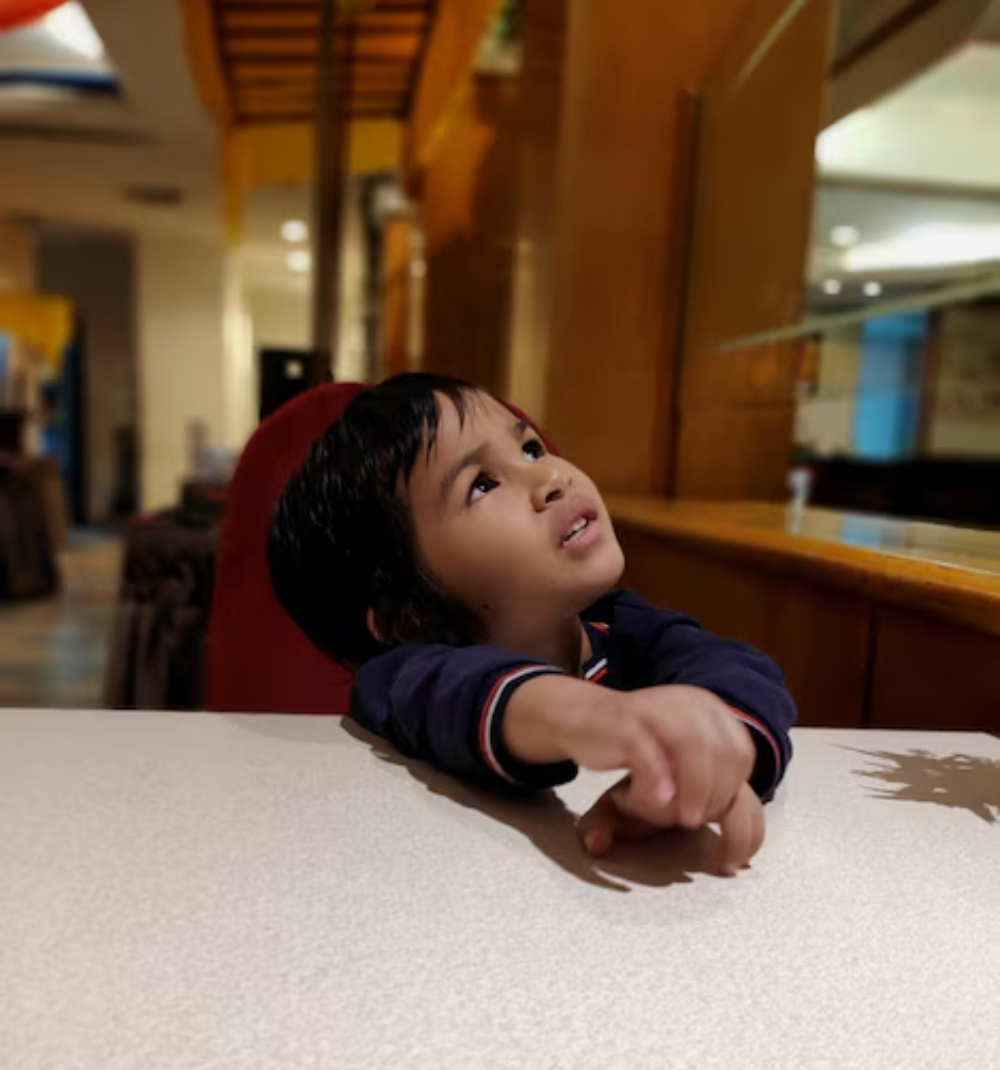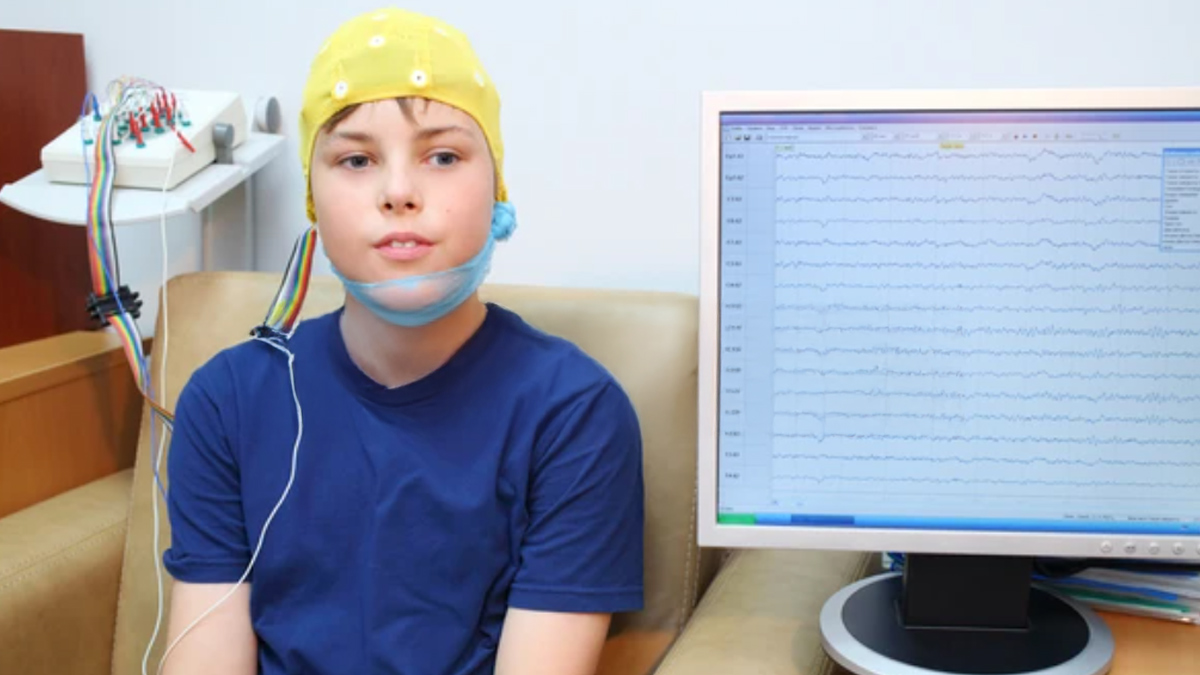It is not uncommon for parents to describe their child as a 'dreamer.' They may notice situations in which the child stares blankly, appears disconnected from their surroundings or fails to respond when called. It's frequently dismissed as a lack of enthusiasm or disinterest. What if these seemingly benign pauses in focus were silent seizures?
Absence seizures, also known as silent or petit mal seizures, are a type of epilepsy that can go untreated, especially in children. The outward signs are subtle, with no convulsive seizures or dramatic collapses. Instead, there may be only a brief pause or a momentary lapse in awareness. Without knowledge of what to look for, these episodes can be easily missed.
We spoke to Dr Avinash Kulkarni, Consultant Neurologist, Gleneagles BGS Hospital, Kengeri, Bengaluru, who explained these seizures in children, their symptoms, causes, diagnosis, and treatment.
What Are Absence Seizures?

"Absence seizures are brief moments of reduced consciousness caused by abnormal electrical activity in the brain. They often last only a few seconds, usually between 5-15 seconds, before abruptly ending, with the child continuing normal activity as if nothing had happened. Depending on their severity, these episodes might occur several times per day or even hundreds of times," explained Dr Kulkarni.
According to StatPearls, absence seizures have frequently been labelled as 'benign' because they are non-convulsive. However, research indicates that as many as 60% of children experiencing absence seizures exhibit significant neuropsychological problems, such as issues with attention, cognition, memory, and mood. This form of epilepsy can impact a child's psychosocial development and academic performance, making treatment necessary.
Also Read: Signs Of Epilepsy In Children That Go Beyond Seizure
Symptoms Of Absence Seizures
- Absence seizures can cause children to stare into space unexpectedly.
- Stop mid-sentence or activity.
- Flutter the eyelids.
- Minimise chewing and lip-smacking movements.
- Exhibit confusion or disorientation for a brief duration.
Because these signals are so subtle, they are often misinterpreted as daydreaming, inattention, or even behavioural issues.
When is 'Not Paying Attention' a Medical Sign?

“Many children are first recognised for screening because they appear distracted in class. Teachers may note that the student frequently 'zones out' and ignores instructions. Parents may be informed that their child is underperforming or has attention concerns,” said Dr Kulkarni.
In reality, this child may be experiencing a series of brief seizures during the school day, disturbing learning, impairing memory, and influencing social connections.
In some cases, children are misdiagnosed with Attention-Deficit/Hyperactivity Disorder (ADHD), delaying needed treatment. That is why paediatricians, schools, and parents must be aware of the possibility of absence seizures when there is difficulty focusing or 'spacing out'.
What Causes Absence Seizures?
“The most prevalent age range for absence seizures is 4-12. They appear more frequently in girls than boys. In many cases, the cause is idiopathic, meaning there are no visible structural abnormalities in the brain. Instead, it is likely to be associated with a hereditary predisposition and abnormal electrical connection in the brain's cortex and thalamus,” explained Dr Kulkarni.
The good news is that absence seizures, particularly the common form seen in children, are generally treatable and may even resolve by puberty with careful care.
Also Read: How Focused Ultrasound Can Help In Tremors And Epilepsy
Diagnosing Silent Seizures

If a parent or teacher suspects that a child is having unexplained lapses in awareness, a thorough evaluation by a paediatric neurologist is the next step.
Diagnosis includes these steps:
- Detailed history: Identifying the kind, frequency, and reasons of events. The Electroencephalogram (EEG) is the major diagnostic test. A typical absence seizure pattern on EEG shows a classic 3 Hz spike-and-wave discharge.
- Hyperventilation challenge: Asking the child to breathe hard for a few minutes during the EEG typically results in an absence seizure, confirming the diagnosis.
- Brain imaging: MRI, may be recommended for uncommon seizures or structural brain changes.
Treatment and Prognosis
Medication is the primary treatment for absence seizures. Commonly used anti-epileptic drugs include ethosuximide, valproic acid, and lamotrigine. The type of medication administered depends on the child's age, type of seizure, and overall health.
With adequate therapy, most children have excellent seizure control and can lead normal, busy lives. Many children's seizures end completely by the time they reach adolescence. However, some children may experience other types of seizures later in life, so ongoing monitoring is crucial.
How Can Parents Help?
Awareness is the first step. If you find your child 'checking out' for a few seconds daily, don't dismiss it as boredom or distraction, especially if it happens frequently or interferes with normal functioning.
Start by:
- Keeping a record of what happened, including the time, duration, and what the child was doing before and after.
- If possible, record a video; it will be highly helpful to your doctor.
- Seeking advice from a paediatric neurologist, an early diagnosis can make a significant impact.
- It's also critical to communicate with your child's school. Teachers should be informed so that they can assist the child with learning and recognise seizure activity if it arises in the classroom.
Silent seizures may not attract our attention in the same way that more dramatic types of epilepsy do, yet their impact can be just as severe. When left undiagnosed, they can have a subtle impact on a child's academic performance, self-esteem, and social development.
Bottomline
Dr Kulkarni concluded, “As specialists, we highly advise parents and caregivers to trust their instincts. If something about your child's attention, behaviour, or awareness seems strange, don't wait. Children with absence seizures can develop mentally, emotionally, and physically if recognised and treated early. Sometimes that dreamy stare isn't just a fantasy; it's the brain asking for help.”
[Disclaimer: This article contains information provided by an expert and is for informational purposes only. Hence, we advise you to consult your professional if you are dealing with any health issue to avoid complications.]